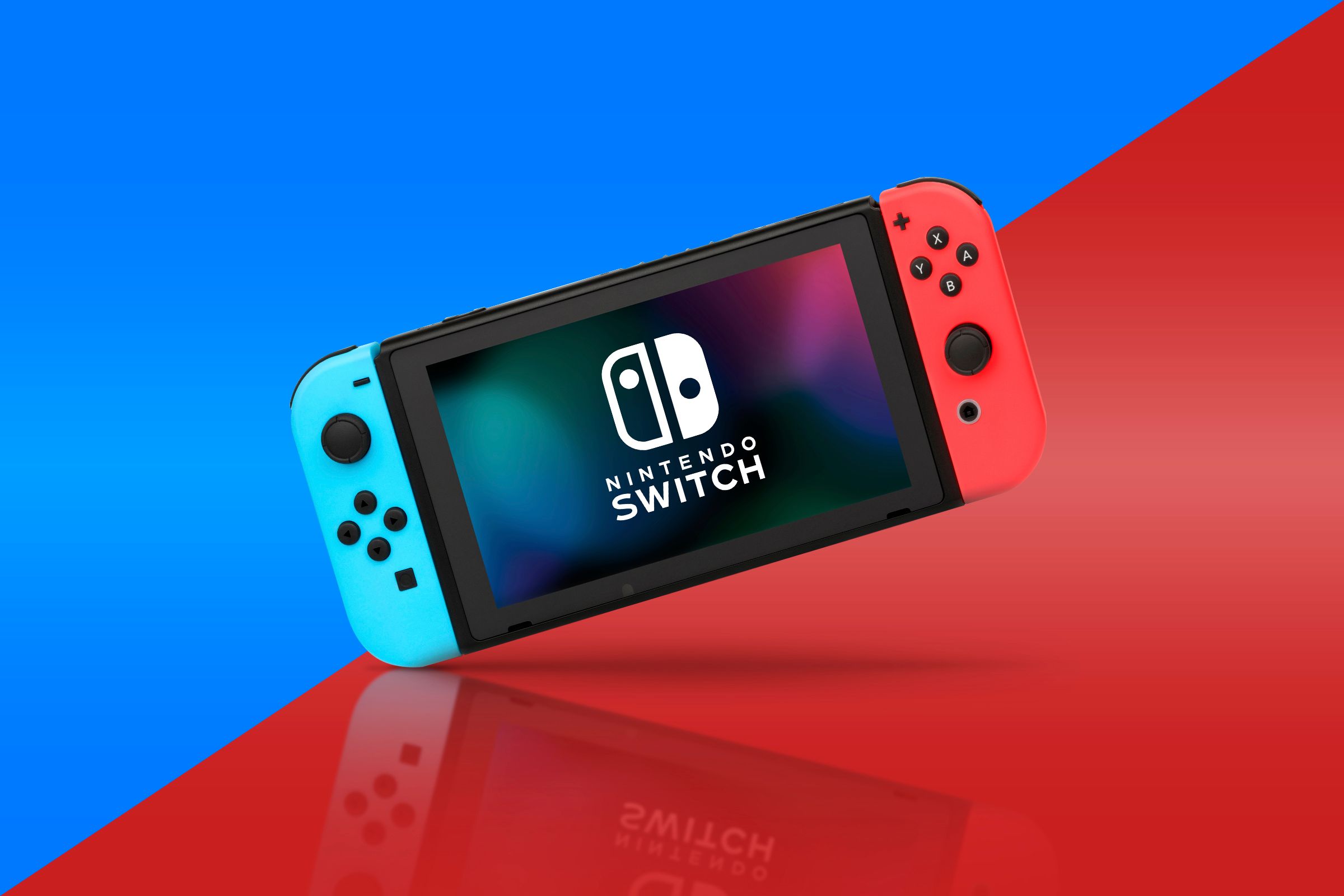Nintendo has revealed an update to how digital games will be managed on the Nintendo Switch. The company is introducing the “virtual game card” feature, which should change how older games are run on Nintendo devices.
This new virtual game card feature is set to launch in late April through a software update, and it’s designed to make handling digital games easier while providing a fresh way for families to share games. Many upcoming titles were shown during the latest Nintendo Direct, including the highly anticipated Metroid Prime 4: Beyond, Pokémon Legends: Z-A, and Rhythm Heaven Groove. However, the virtual game card announcement arguably took the spotlight.
The virtual game card works a lot like a physical game card, so players can “eject” a digital game from one Nintendo Switch and “load” it onto another. This feature allows for more than just moving games between consoles owned by the same person; it lets family members lend and borrow games among themselves. A family member can “borrow” a game over a local wireless connection and play it for two weeks.
After the two-week time limit, the game automatically goes back to the original owner. This system will let families play games on multiple Switch devices without buying multiple copies. Games like Tamagotchi Plaza, Story of Seasons: Grand Bazaar, and MARVEL Cosmic Invasion, which will be released later this year, will all be part of this new system.
Transferring games is meant to be simple. Users can view their virtual game cards and easily keep track of their digital libraries. The “eject” feature removes the game from one console, creating space, while the “load” feature puts it on the chosen device.
This straightforward method ensures smooth transitions, avoiding complicated download processes. Importantly, this feature isn’t limited to the current Switch devices; it will also work with the upcoming Nintendo Switch 2 when it is released, so there will be a consistent sharing experience across console generations.
There are some limitations to the virtual game card system that stand out. While it makes sharing easy within a family group, it doesn’t allow sharing with friends or anyone outside that group. Also, the two-week borrowing period keeps the games mostly linked to their original owners. Games shared through this system can only be played on another device connected to the same Nintendo Account family group.
This restriction sounds like it’s just a way to give users the ability to share but to keep them from trying to resell games or loan them to others to play without playing. This sounds very similar to what Microsoft tried in 2013 during the awful original Xbox One launch, saying players would be charged for sharing games, but it is not.
As many would recall, this plan from Xbox caused PlayStation to release an Official PlayStation Used Game Instructional Video in response. This video just had one person handing the game to the other and spoke about how the PlayStation doesn’t feel ownership over the physical games they sell. Nintendo is technically still a part of the process of selling a digital copy because it’s on their servers.
The main difference is that this revolves around digital games. Digital games can’t be easily handed to another person. Even though I am personally against companies trying to control any part of a game after its sale, this is a good way to let others try games that were bought digitally without sharing accounts. It’s safer and more reliable than the alternative.
This new feature will come in a regular software update in April. Nintendo has also confirmed that this system will eventually include new releases like SaGa Frontier 2 Remastered, Rift of the NecroDancer, and Disney Villains Cursed Café.
Source: Nintendo





